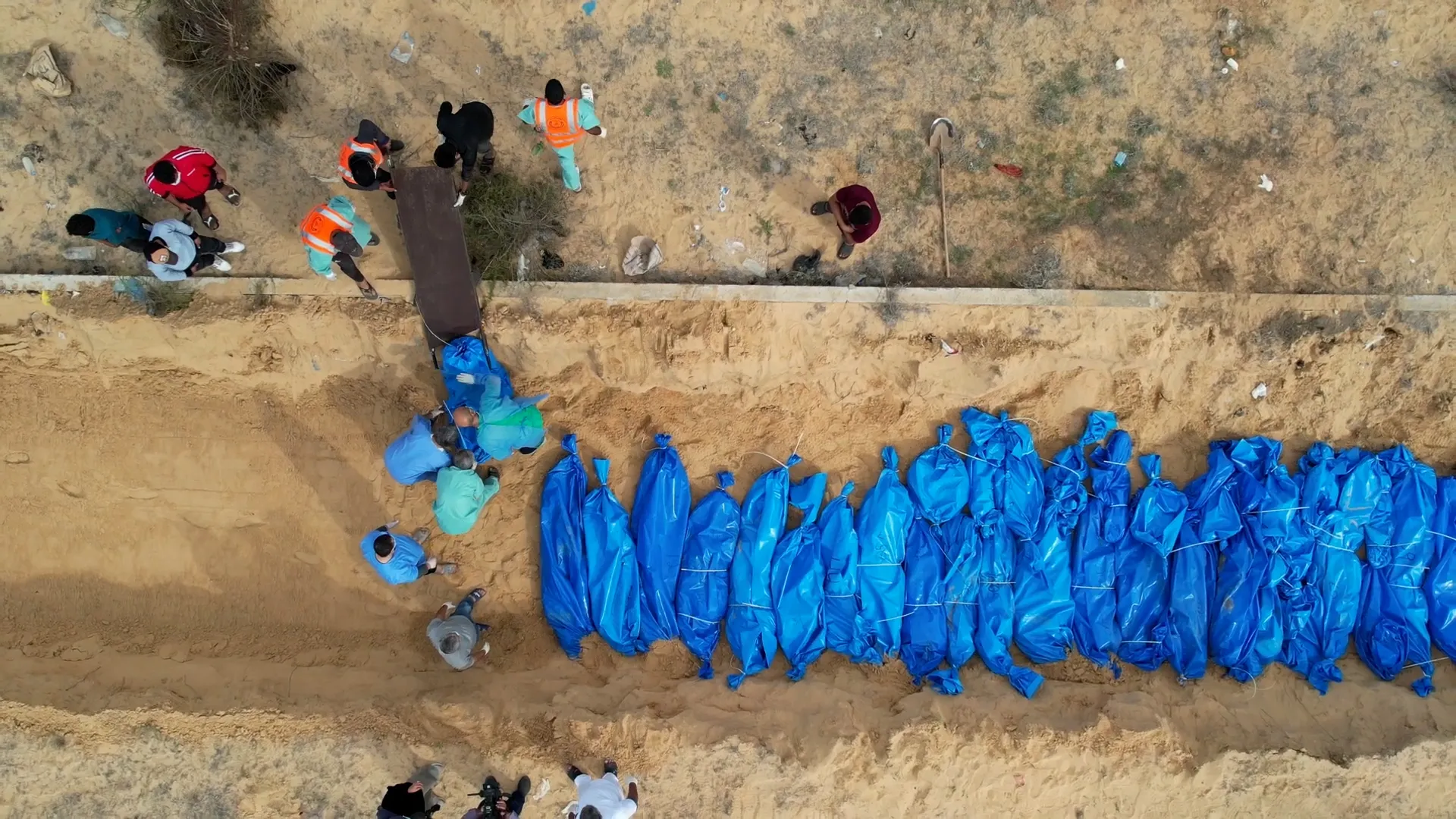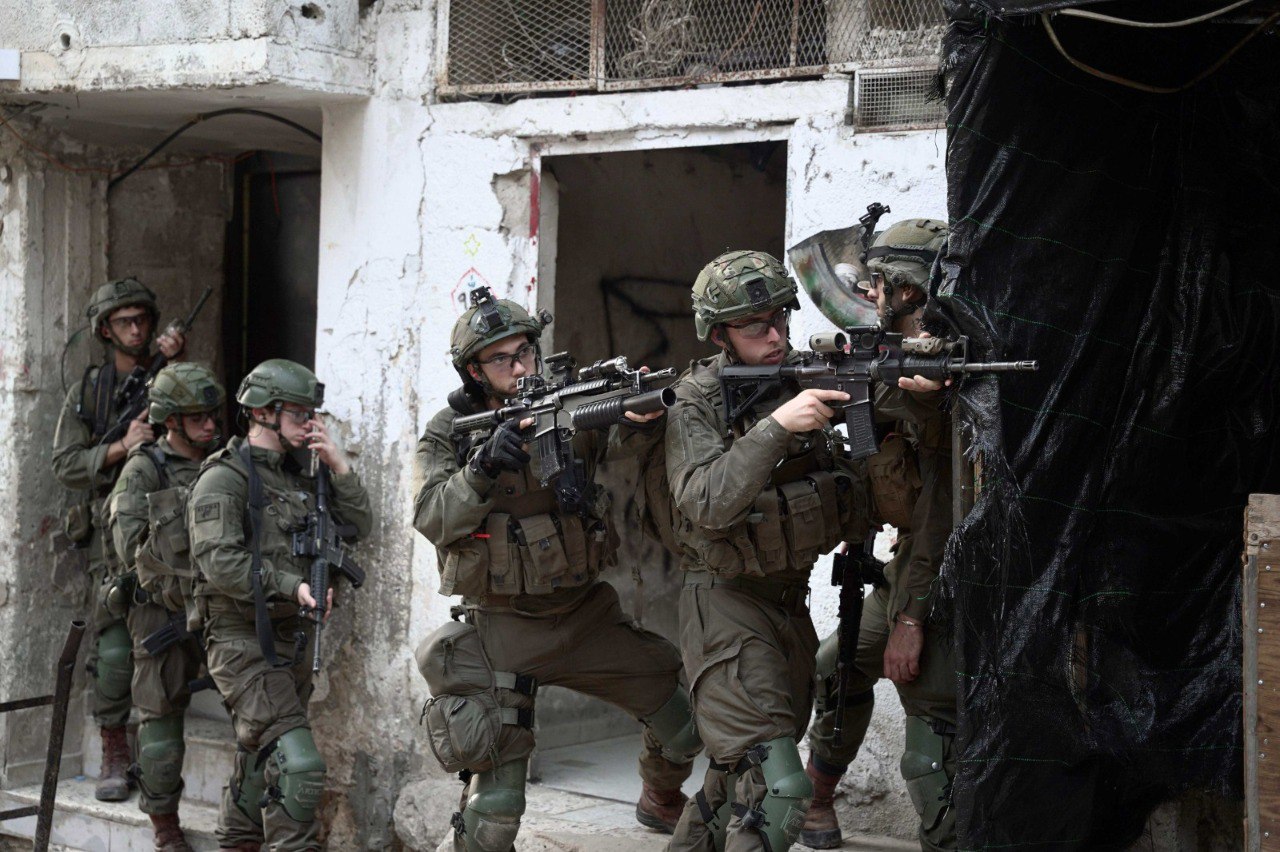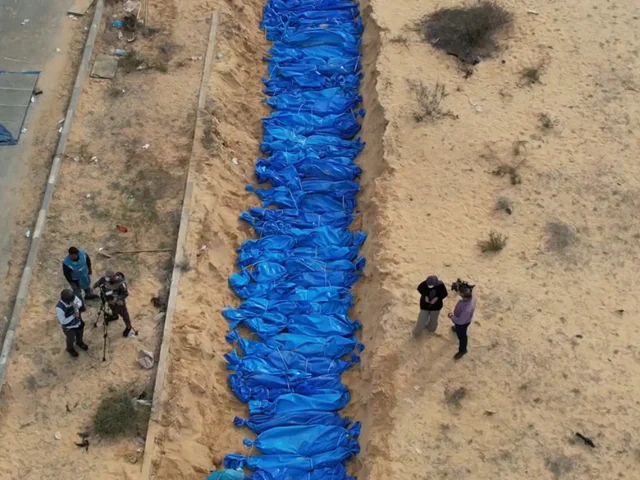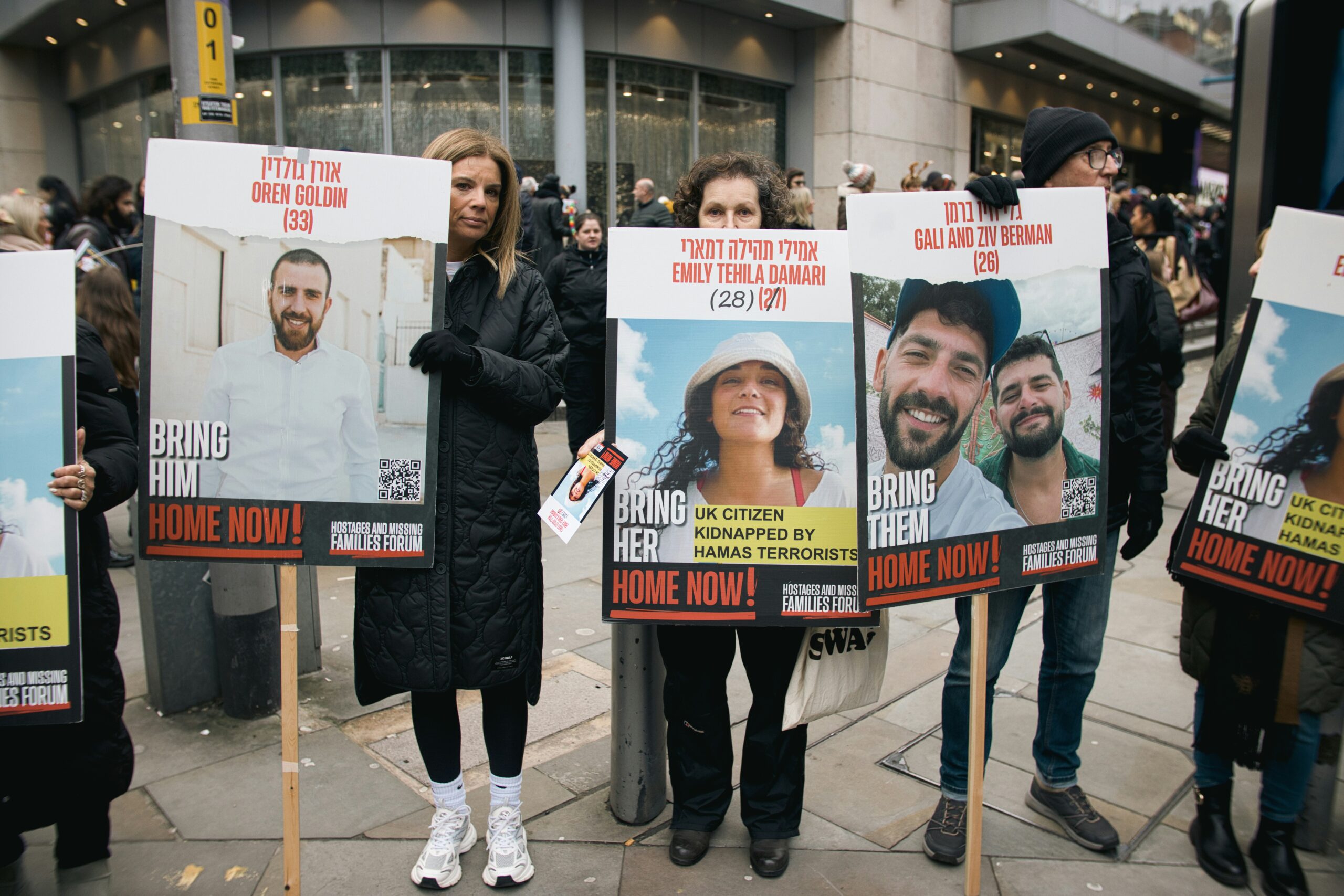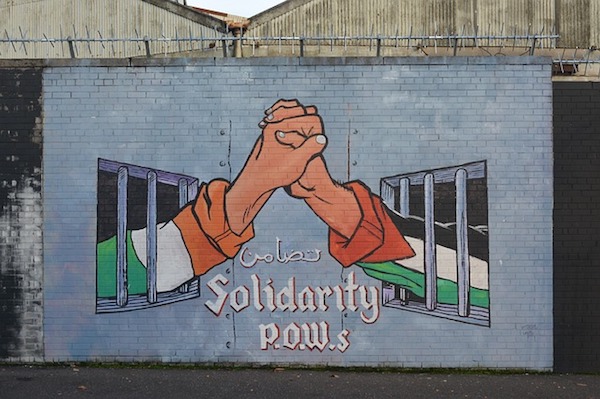Israeli forces carried out a new wave of airstrikes on the Gaza Strip on April 6, killing at least 32 Palestinians, including multiple children, in attacks that hit residential buildings, a bakery, and known civilian zones.
Among the dead were families sheltering in Rafah and Khan Younis, two cities that have seen a surge in Israeli bombardment in recent weeks. Gaza’s Health Ministry reported that over a dozen of the victims were under the age of 16. Footage from the aftermath shows children pulled from rubble, bloodied and lifeless, while survivors dug through debris with their bare hands.
In a now-standard response, the Israeli military claimed the attacks targeted “terror infrastructure” but presented no immediate evidence. The IDF has faced repeated international condemnation for strikes that disproportionately impact civilians and violate clearly marked humanitarian sites. Just last week, a strike killed emergency medical workers, despite video proof that their ambulances were marked and flashing.
Hamas responded with a limited volley of rockets toward southern Israel, with one reported impact in Ashkelon. Israeli officials claimed their air defenses intercepted most of the rockets and reported no deaths.
The renewed assault coincides with a growing international outcry. Massive protests broke out across North Africa, the Middle East, and parts of Europe following last week’s attacks on Gaza, including a march of tens of thousands in Morocco condemning Israeli brutality and U.S. complicity.
Despite Israel’s continued attacks, Washington has offered no substantive rebuke. The Trump administration instead emphasized Israel’s “right to defend itself” and refused to comment on the civilian death toll or the recent killing of aid workers. At the same time, the Israeli government announced plans to expand its security buffer zone deeper into southern Gaza—a move widely interpreted as a de facto land grab.
Critics argue the escalation is part of a long-running pattern in which Israeli military actions derail truce efforts and mask strategic territorial gains. With no active American pressure and European governments fearful of regional destabilization, there are few checks on Israel’s war strategy.
The situation in Gaza remains dire. The UN reports that all major hospitals are now overwhelmed or non-functional, with medical supplies and food nearing depletion. Aid convoys remain blocked at the border. Over 50,000 Palestinians have been killed since October 2023, according to Gaza health officials.
As families bury more of their children, the prospect of peace looks increasingly out of reach. In Gaza, another ceasefire has already collapsed under the weight of yet another wave of Israeli firepower.
Author
Discover more from The Crustian Daily
Subscribe to get the latest posts sent to your email.


